Poison Ivy Rash
Understanding and Treating Poison Ivy Rashes
A poison ivy rash occurs when your skin comes into contact with urushiol oil, a substance found in poison ivy, oak, or sumac plants. This contact triggers an allergic reaction, leading to an itchy, red rash that may be accompanied by bumps or blisters. The severity of the rash can vary, but it often causes significant discomfort and irritation.
If you’ve developed a poison ivy rash, it's crucial to seek the expertise of a dermatologist. At The Skin Surgery Center, our dermatologists are skilled in managing poison ivy rashes and can provide targeted treatments to alleviate symptoms like itching, redness, and swelling. Early treatment can help reduce the severity of the rash and prevent complications such as infection or scarring, which can occur if the rash is scratched excessively or not properly treated.
Our dermatologists can accurately diagnose the rash and recommend specific treatments, such as topical corticosteroids, oral medications, or soothing baths, to relieve your discomfort. Additionally, they can offer guidance on how to care for your skin during the healing process and provide tips on how to avoid future contact with poison ivy plants.
Expert Care for Poison Ivy Rashes at The Skin Surgery Center
At The Skin Surgery Center, we are committed to helping you recover quickly from a poison ivy rash and preventing further issues. Our team of dermatology experts will ensure you receive the appropriate care to minimize discomfort and speed up the healing process. We also offer advice on how to prevent future reactions and protect your skin from similar irritants.Trust our specialists to provide the care and expertise you need to feel better faster and avoid complications from poison ivy exposure. Schedule a consultation today to start your recovery.
Examples of Poison Ivy Rash
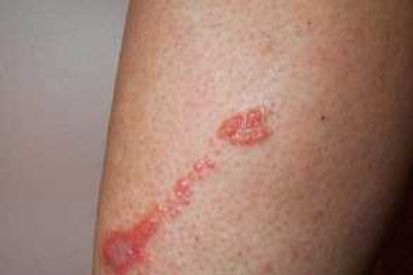
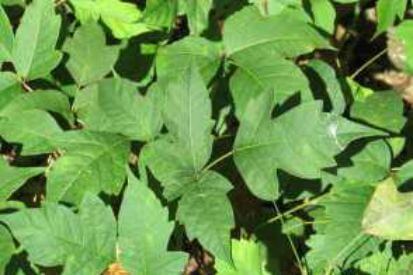
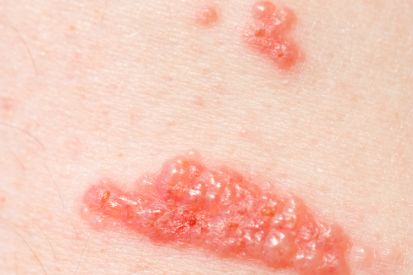
Symptoms of Poison Ivy
- Poison ivy rash symptoms usually appear quickly – about 12 to 48 hours after contact.
- Symptoms may last for two to three weeks and almost always require some form of treatment.
- Typical symptoms of poison ivy rash include redness, itching, swelling, and blisters.
What Causes Poison Ivy?
- The rash of "poison ivy" occurs when the skin comes in contact with the leaves, stems or roots of poison ivy, poison oak or poison sumac.
How to Prevent Poison Ivy Rash
To prevent a poison ivy rash, learn to identify the plant with its distinctive three-leaf pattern. When in areas where poison ivy may be present, wear protective clothing such as long sleeves, pants, closed shoes, and gloves
Poison Ivy Rash FAQs
In most cases, home care is sufficient. However, if the rash is severe, widespread, or causing significant discomfort, it's advisable to consult with a dermatologist. They can provide personalized advice and prescribe medications if needed.
Poison Ivy rash is an allergic reaction to the oil from the poison ivy plant. You likely got it by touching the plant or items that came in contact with the oil. It's common during outdoor activities.
The rash typically lasts 1-3 weeks, and while it can be uncomfortable, it usually goes away on its own. Over-the-counter creams and cool compresses can help soothe itching. If severe, a dermatologist can prescribe stronger medications.
Absolutely! Once the rash clears, you can resume outdoor activities. Take precautions, wear protective clothing, and learn to identify poison ivy to minimize the risk of future exposure.
Poison Ivy Treatments
- Topical Steroids: Prescription or over-the-counter topical corticosteroids can help reduce inflammation, redness, and itching associated with a poison ivy rash.
- Oral Antihistamines: Over-the-counter antihistamines, such as diphenhydramine, can help relieve itching and discomfort.
- Calamine Lotion: Applying calamine lotion to the affected areas can help soothe the skin and reduce itching.
- Prescription Medications: In severe cases, a dermatologist may prescribe stronger medications, such as oral steroids, to manage widespread or persistent symptoms.
Featured Blogs
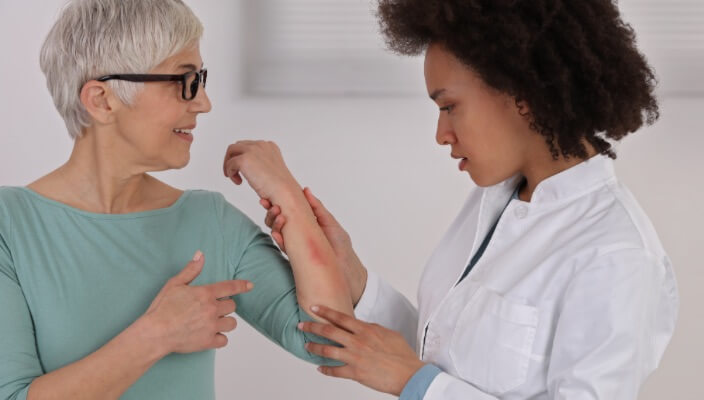
- General Dermatology
- Chronic Skin Conditions
Eczema, a chronic skin condition characterized by inflammation and intense itching, can be challenging to manage, especially during flare-ups.
Read More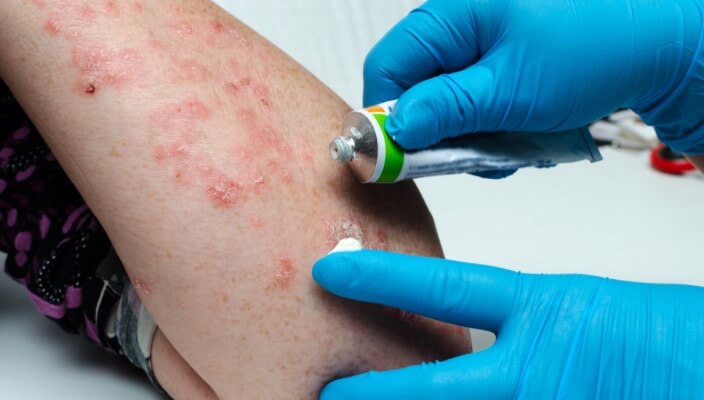
- General Dermatology
- Skin Care
Learn how to protect yourself from poison ivy year-round with dermatologist tips on seasonal changes and rash prevention. Stay safe and rash-free!
Read More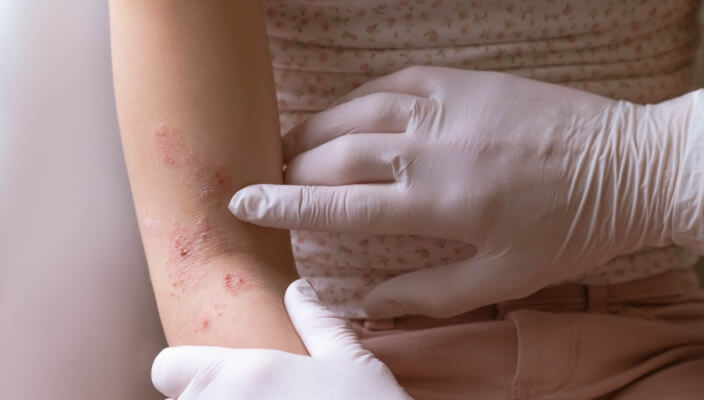
- General Dermatology
- Skin Care
- Chronic Skin Conditions
Accurate diagnosis is crucial for effective treatment, as it ensures you receive the most appropriate care for your specific condition. Identifying the exact cause of your symptoms helps tailor a treatment plan that delivers the best results.
Read MoreFeatured Products
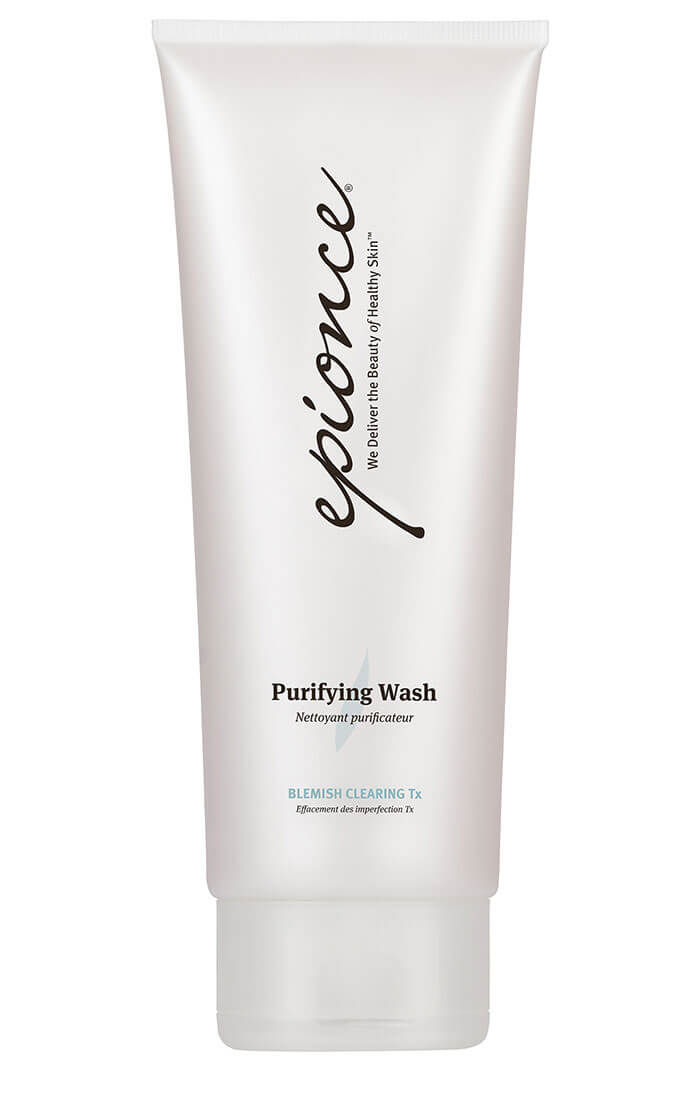
Epionce Purifying Wash
Refreshing face and body cleansing gel formulated for daily use. Gentle formula contains salicylic acid to effectively treat acne blemishes; penetrates pores to control acne blemishes and help prevent new acne blemishes from forming.
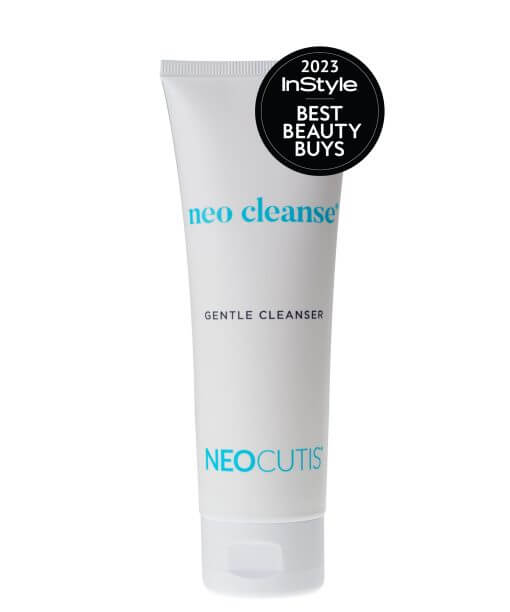
NeoCutis NEO CLEANSE Exfoliating Skin Cleanser
Formulated without harsh sulfates, dyes or fragrances for skin that feels fresh, clean and comfortable after cleansing. Specifically formulated to work together with your NeoCutis skincare ritual. 4.2 fl oz / 125 mL


